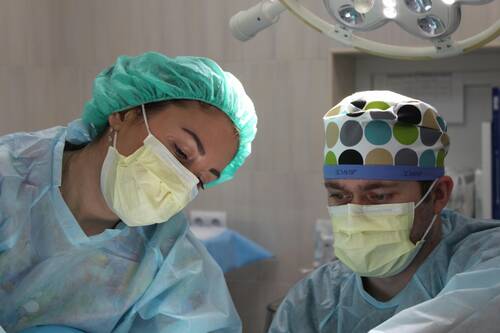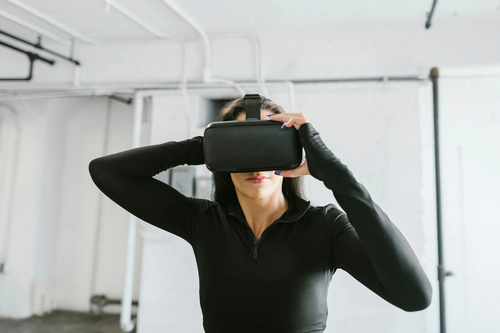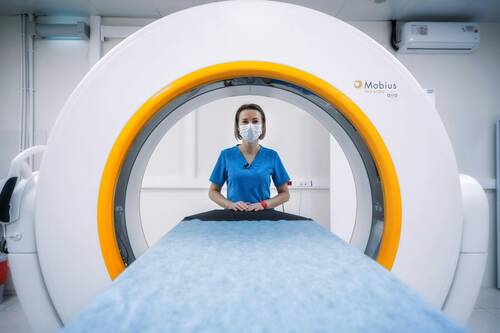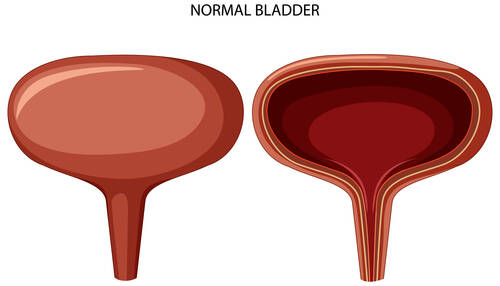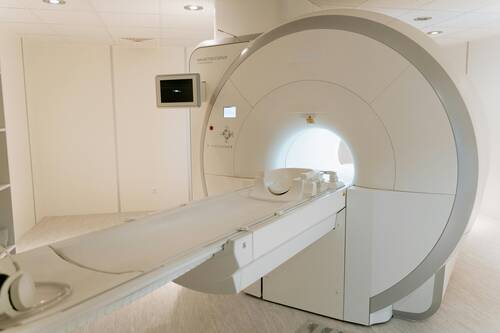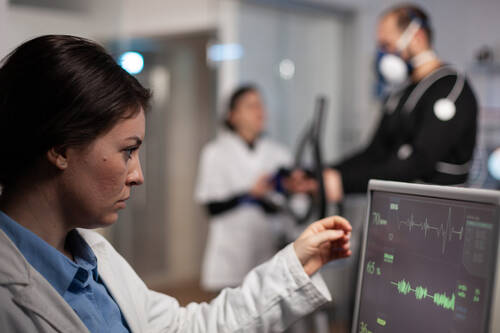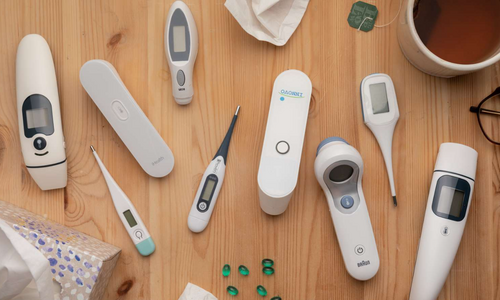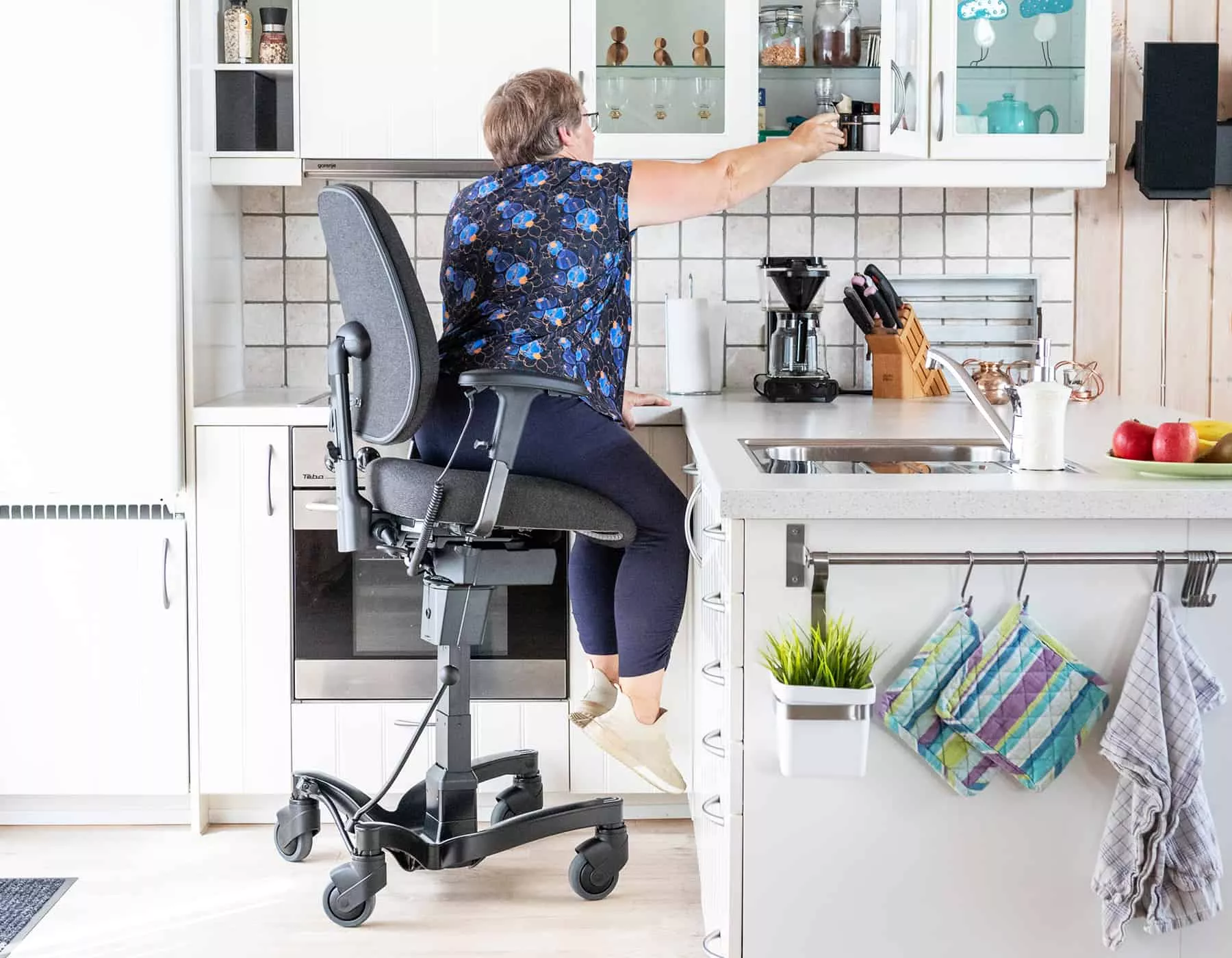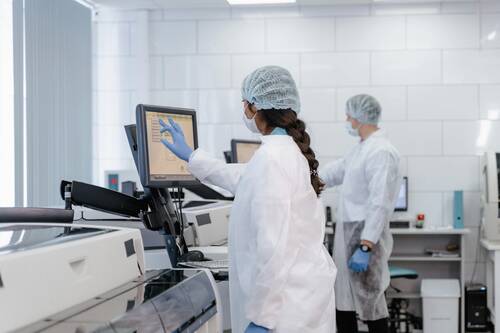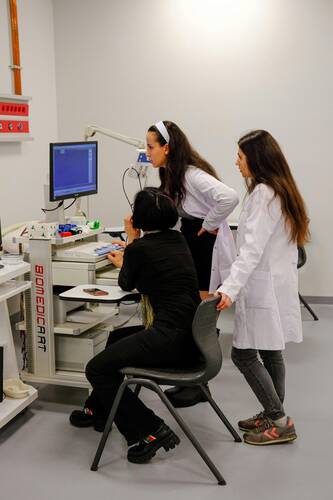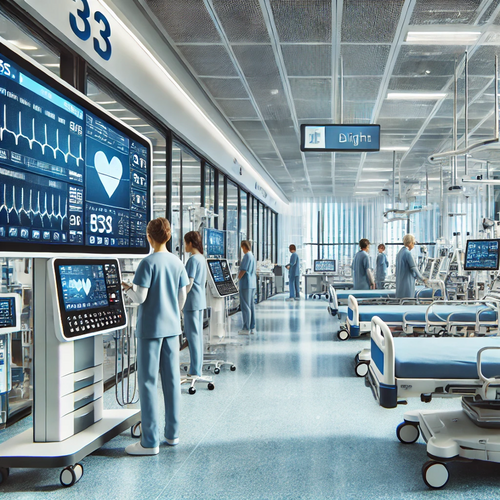Today’s youth are growing up in a world that is constantly evolving, shaped by rapid technological advances, shifting social norms, and global connectivity. The influences affecting their lives are more diverse and accessible than ever before, making it both an exciting and complex time to navigate adolescence. Understanding these influences is crucial in shaping the future, as today’s youth are the leaders, thinkers, and innovators of tomorrow.
This article explores the key influences shaping today’s youth, from technology and social media to global movements and shifting cultural landscapes.
- Technology and Digital Connectivity
The digital world is arguably the most significant influence on today’s youth. With smartphones, tablets, and computers, young people are more connected to information and each other than any previous generation. The internet provides access to endless streams of data, knowledge, and social platforms, enabling today’s youth to interact with the world on a global scale. It provides an easy way to purchase devices, including vaping devices from
https://okvape.co.uk/.
While this connectivity offers opportunities for learning and creativity, it also comes with challenges. Constant online engagement can lead to information overload, cyberbullying, and the pressure to conform to unrealistic social standards. Social media platforms like Instagram, TikTok, and YouTube allow young people to express themselves and connect with peers, but they can also create unrealistic comparisons that affect self-esteem and mental health. Balancing the benefits of digital engagement with the potential downsides is one of the defining struggles for today’s youth.
(more…)


